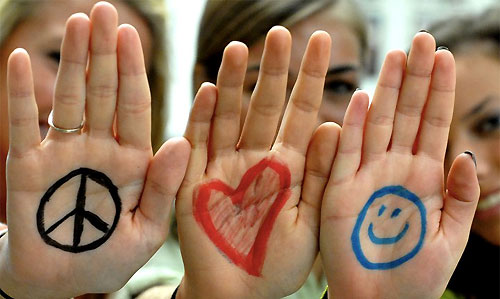|
At least now let's work for unity in diversity
Daily Mirror Editorial Mar 2, 2011 | |
 History and nature clearly show that lasting peace and sustainable development in a country could be built only if there is multi religious, multi racial and multi cultural unity in diversity – instead of uniformity. If examples are needed the human body itself is one. How monstrous would it be if the whole body was one big eye or mouth? Instead we have different parts of the body with different roles and responsibilities for all including the toe nails, necessary for good health and development. In nature also, if we take a flower garden for instance the beauty is in the diversity – different flowers of different colours and sizes. It would not be a pleasant sight to see a huge garden with hundreds of flowers of the same colour and size. It is in the light of such historical lessons of unity in diversity that we need to look at the recent celebrations of the 1956 victory of the Mahajana Eksath Peramuna (MEP) and its main policy of Sinhala only within 24 hours. Those involved in these celebrations called for a revisit to that victory of 1956. It is true that 1956 ushered in the victory of the Sinhala Buddhist Nation in Ceylon. Therefore 1956 could be dated as the real independence of the people of the majority race and religion and not 1948. The Sinhala Buddhist Nation perhaps subjugated from the arrival of the Portuguese in the 16th Century recovered its independence as a people in 1956. However those who proclaimed 1956 as the real year of independence seemed to have forgotten that there are other people outside the Sinhala Buddhist community in this country. The 1956 victory while recognising the majority race and religion also denied the minorities their place in this country. This ultimately turned out to be one of the saddest and bloodiest stories of Sri Lanka. Tragically even today after several decades of ethnic strife and a horrible 30-year war in which several hundred thousand people were killed, injured, displaced or made destitute, the Rajapaksa Government has still not taken effective steps to recognise, give equal status and meet the legitimate aspirations and grievances of the minorities in our midst. This failure will continue to be the talking point in the world community. For example Ambassador Shavendra Silva a major general on the frontlines during the final years of the war was not recognised as a member of the United Nations Peace Keeping Committee last week. It is not too late for the government to recognise the rights and aspirations of the minorities in this land. They are seeking equal status whereby there will be unity in diversity and respect for each other’s religion, language, culture and traditions. The government-appointed Lessons Learnt and Reconciliation Commisision (LLRC) report and recommendations give the opportunity for the government to do that. In fact a civil society movement called the Friday Forum has asked for this and leaders of all religions in the country today must in their own way persuade the government to recognize the place of the minorities in this country so that we have the platform to develop Sri Lanka for all people. Source: Daily Mirror - Sri Lanka
|
|